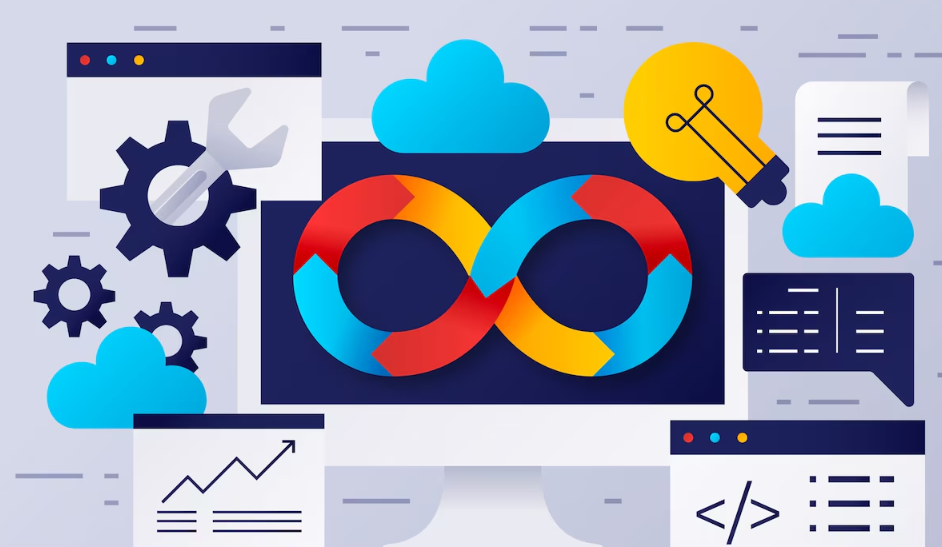Artificial Intelligence (AI) continues to revolutionize industries, redefine business strategies, and reshape daily life. As we step into 2024, the pace of AI innovation shows no signs of slowing down. From generative AI breakthroughs to ethical considerations, this year promises transformative advancements that will influence businesses, governments, and individuals alike. Here are the top AI trends shaping the future in 2024.
1. Generative AI Goes Mainstream
Generative AI, which took the world by storm in 2023, is now becoming a staple in business operations and creative workflows. Tools like ChatGPT, MidJourney, and DALL-E are evolving rapidly, offering more sophisticated outputs with fewer errors. Businesses are leveraging these tools for content creation, marketing, and even product design.
Key Developments in Generative AI
- Hyper-Personalization: AI models now generate highly tailored content, from marketing emails to personalized product recommendations.
- Multimodal Capabilities: New models can process and generate text, images, audio, and video simultaneously, enabling richer user experiences.
- Enterprise Adoption: Companies are integrating generative AI into customer service, HR, and R&D to boost efficiency and innovation.
Despite its potential, challenges like misinformation and intellectual property concerns remain. Businesses must navigate these issues carefully to harness generative AI responsibly.
2. AI-Powered Automation in the Workplace
Automation powered by AI is transforming workplaces across industries. In 2024, we’re seeing smarter, more adaptive systems that handle complex tasks with minimal human intervention. From manufacturing to healthcare, AI-driven automation is improving productivity and reducing costs.
Industries Leading the Charge
- Healthcare: AI automates diagnostics, patient monitoring, and administrative tasks, allowing medical professionals to focus on care.
- Manufacturing: Smart factories use AI for predictive maintenance, quality control, and supply chain optimization.
- Finance: AI-driven algorithms detect fraud, automate trading, and personalize financial advice.
While automation boosts efficiency, it also raises concerns about job displacement. Companies must invest in reskilling programs to help employees adapt to an AI-augmented workforce.
3. Ethical AI and Regulatory Frameworks
As AI becomes more pervasive, ethical considerations and regulations are taking center stage. Governments and organizations are working to ensure AI is developed and deployed responsibly, addressing biases, privacy risks, and accountability.
Key Ethical AI Trends
- Bias Mitigation: New techniques are being developed to reduce biases in AI models, ensuring fairer outcomes.
- Transparency: Explainable AI (XAI) is gaining traction, helping users understand how AI makes decisions.
- Global Regulations: The EU AI Act and similar frameworks worldwide are setting standards for AI safety and accountability.
Businesses must prioritize ethical AI practices to build trust and comply with evolving regulations. Proactive measures now can prevent costly legal and reputational risks later.
4. AI in Edge Computing
Edge computing, where data is processed closer to its source rather than in centralized cloud servers, is being supercharged by AI. In 2024, AI at the edge enables faster, more efficient decision-making in real-time applications.
Applications of AI in Edge Computing
- Autonomous Vehicles: AI processes sensor data locally to enable split-second driving decisions.
- Smart Cities: Traffic management, surveillance, and utility systems use edge AI to improve efficiency.
- Healthcare Wearables: Devices analyze health data in real time, providing instant alerts and insights.
Edge AI reduces latency and bandwidth usage while enhancing privacy, making it ideal for time-sensitive and data-heavy applications.
5. AI-Driven Cybersecurity
Cyber threats are growing in complexity, and AI is emerging as a critical defense tool. In 2024, AI-powered cybersecurity solutions are becoming more proactive, identifying and neutralizing threats before they cause harm.
How AI Enhances Cybersecurity
- Threat Detection: AI analyzes patterns to detect anomalies and potential breaches in real time.
- Automated Responses: Systems can automatically isolate threats, minimizing damage.
- Phishing Prevention: AI identifies fraudulent emails and websites with high accuracy.
However, cybercriminals are also using AI, creating an arms race between attackers and defenders. Organizations must stay ahead by adopting the latest AI security tools.
As we navigate 2024, these AI trends highlight both the incredible opportunities and challenges ahead. Generative AI, workplace automation, ethical considerations, edge computing, and cybersecurity are reshaping industries and daily life. Businesses and individuals who embrace these advancements while addressing their risks will be best positioned to thrive in an AI-driven future. The key lies in balancing innovation with responsibility, ensuring AI benefits society as a whole.

